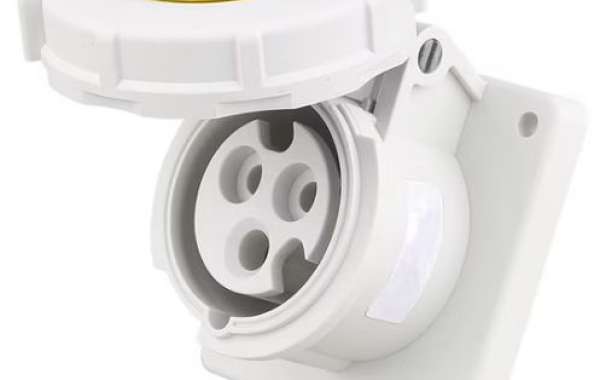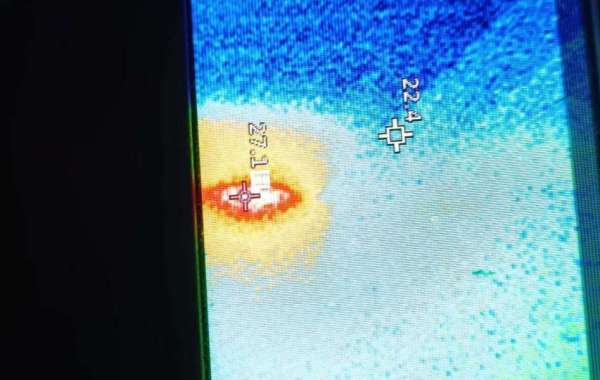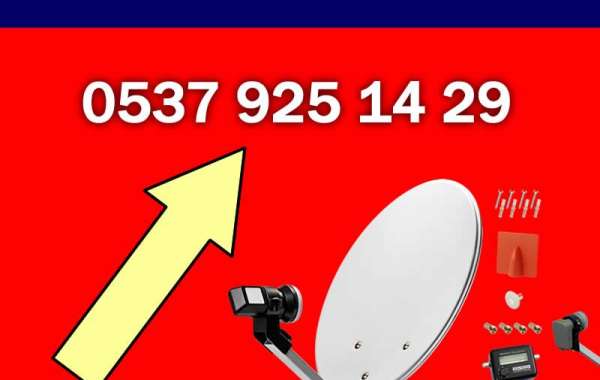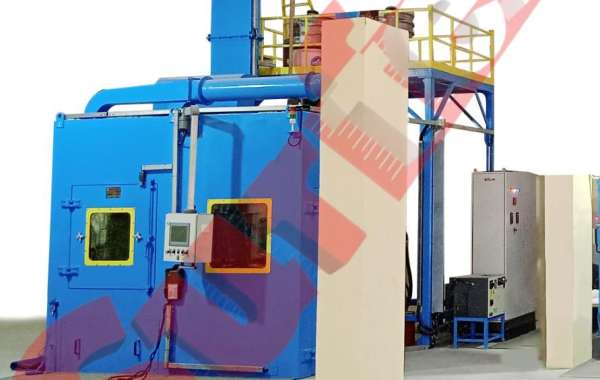Factory floors and machine rooms rely on hidden power outlets to keep equipment running without unsightly plugs and cables. An Industrial concealed socket offers a neat solution but can develop faults if not installed and maintained correctly. In expanding automation projects and retrofit schemes, technicians must recognize common malfunctions and apply effective remedies to avoid downtime and protect valuable machinery.
A frequent snag arises when internal connections loosen over time. Vibration from heavy equipment and thermal cycling can allow terminal screws to back off, resulting in intermittent power delivery or sparks. To fix this, power down the circuit and open the cover plate. Use a torque driver set to manufacturer guidelines, tighten each conductor clamp firmly and apply thread locker if recommended. This simple step restores solid contact and prevents future slippage.
Dust and debris often infiltrate hidden sockets in dusty processing environments. Accumulated particles can abrade contact surfaces and trap moisture, leading to corrosion and resistance buildup. Clearing this requires a gentle brush or low pressure air blast. If oxidation appears, a contact cleaner designed for electrical parts removes buildup without leaving residue. Regular cleaning intervals keep current flow efficient and reduce heat generation at connection points.
Corrosion poses an even greater threat when humidity and chemical vapors surround conduit runs. Fittings and seals may wear out, allowing contaminants in. Inspect rubber gaskets and replace brittle or torn seals. Use a silicone based compound to form a water tight barrier around knockout entries. Applying a light coat of protective lubrication on exposed metal parts inhibits rust without impeding conductivity.
In some cases, devices fail due to moisture trapped inside the enclosure. Condensation forms when cold panels heat up under load, then cool during idle periods. Installing a small desiccant packet or a passive vent with filter material can absorb moisture and equalize internal climate. For units that require active control, a low wattage heater pad controlled by a humidity sensor maintains consistent dryness.
Mechanical wear on spring loaded sockets leads to loose mating with plugs and connectors. When a plug wiggles or falls out, a simple solution involves replacing the internal carrier or adding a compatible insert that restores tension. Many manufacturers provide service kits with snap in parts that fit existing frames without rewiring. Field swap outs require minimal training and can be completed quickly during scheduled stops.
Overheating may go unnoticed until damage appears. High load machines can draw more current than anticipated, stressing contact points. To diagnose this, use an infrared thermometer to scan live assemblies while operating under load. Areas that run hotter than adjacent spots indicate weak connections or undersized conductors. Address by upsizing wire sections or moving high draw circuits to separate phases within the same enclosure.
Wiring errors during retrofit projects often lead to phase mismatches or reverse polarity. These faults can harm sensitive motor controls and programmable devices. Always follow wiring diagrams and color codes specified by the builder. If uncertainty remains, trace each conductor back to the service panel before applying power. Marking wires clearly helps future teams avoid repeat mistakes.
Access difficulties remain a barrier when sockets sit flush behind panels. Technicians must remove multiple fasteners to reach problem areas. Choosing an enclosure model with quick release latches and captive screws reduces service time. Panels that hinge open on a cushioned arm improve safety by preventing sudden drops against wiring bundles.
Supply chain delays can leave teams without replacement parts when faults strike. Partnering with a supplier that holds critical spares and offers rapid shipping minimizes wait times. Technical hotlines equipped with remote troubleshooting services help maintenance crews handle uncommon problems without needing on site visits from external experts.
As industry embraces smart monitoring, adding sensors to concealed sockets offers preemptive alerts. Current sensors, vibration detectors and temperature probes feed data into plant management platforms. Early warnings allow maintenance teams to schedule interventions during non critical hours. Integrating these sensors within the same enclosure keeps wiring neat and avoids additional junction boxes.
Effective repair routines and proactive upgrades can extend the life of hidden power points and protect production lines from unplanned stops. By following these guidelines and choosing quality components, manufacturers maintain seamless operation and adapt quickly to evolving automation needs. For more detailed information on service kits, enclosure options and expert technical support for concealed power outlets, visit www.nante.com/product/ .








